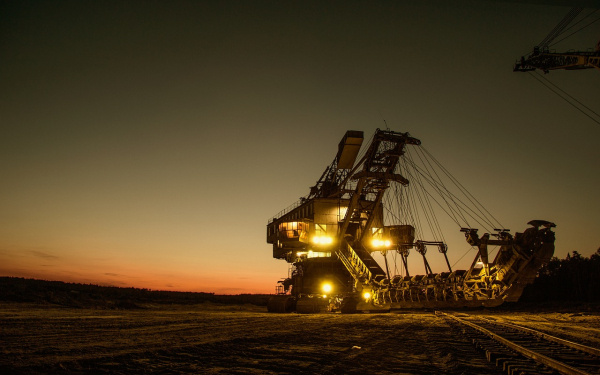
Silver Storm Mining Ltd. (TSXV:SVRS)
Building the Next Latin American Silver Producer.

Jakob Stausholm, the CEO of the world’s second-largest mining company Rio Tinto Group (NYSE: RIO), stated in an interview that despite facing various economic and geopolitical uncertainties, even wars globally, the world is still growing, and there is still strong demand for metals and minerals worldwide.
On February 21st, Rio Tinto announced its 2023 financial data, showing an EBITDA of $23.9 billion and a net profit of $10.1 billion.
Regarding iron ore, Stausholm mentioned that although the world’s largest metal consumer, China, especially its real estate sector, remains sluggish, the country’s economy still grew at around 5% last year. Infrastructure and industrial expansions focused on energy transition, such as large-scale development of solar and wind power, and expanding the power grid, still require significant amounts of steel, copper, and aluminum.
Based on recently released production data, Rio Tinto rightfully holds the title of ‘king’ of iron ore. In the challenging year of 2023 for global mining, Rio Tinto maintained its position as the world’s largest iron ore producer with the production of 331.5 million tons from its Pilbara iron ore operations, a business segment contributing approximately 80% to its profits last year.
Discussing steel demand, Stausholm specifically highlighted India. Due to ongoing infrastructure expansions, the country’s demand for steel is rapidly increasing. While China may be at the peak of this cycle, India is still in an upward trend, indicating significant demand for steel. Although India is currently self-sufficient in iron ore production, it is likely to become an importer of this material soon.
In recent years, with copper playing a growing role in clean energy transitions, Rio Tinto is actively boosting its copper production capacity, such as increasing output at the Oyu Tolgoi copper mine in Mongolia. Although the asset has faced delays, cost overruns, and disputes with local governments over many years without generating revenue, Stausholm is optimistic about its future. At peak production levels, Oyu Tolgoi is expected to become the world’s fourth-largest copper mine, bringing substantial revenue and profits to the company.
Regarding lithium, an energy metal, unlike other major miners like BHP and Vale, Rio Tinto is one of the few companies betting on lithium used for developing electric vehicle batteries. However, the company plans to avoid major acquisitions to develop its lithium business and instead seeks to improve lithium extraction technologies. With strong support from electric vehicles, the demand for key battery mineral lithium is expected to continue growing, although prices of this metal are forecasted to fluctuate.
Stausholm highlighted Rio Tinto’s aluminum business “core” in the Saguenay–Lac-Saint-Jean region of Canada, where approximately half of the company’s global aluminum production takes place. Additionally, the mining company has its aluminum projects in British Columbia. When discussing Rio Tinto’s aluminum production in Canada, Stausholm takes pride in its low-carbon production. With its own lakes and hydroelectric stations in Canada, the company has the lowest carbon emissions for its aluminum projects in Canada globally. Despite falling aluminum prices limiting profitability, Stausholm remains optimistic about the future of aluminum.